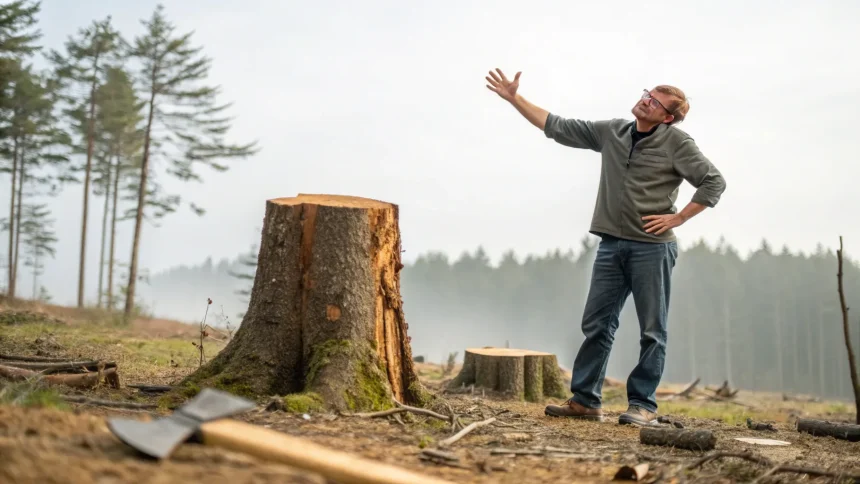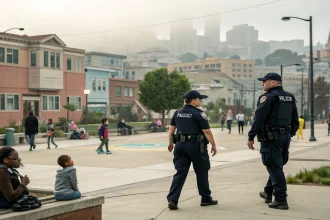A 39-year-old man has denied involvement in a tree-cutting incident, claiming he was being framed and lacked the necessary skills to perform such an act.
Daniel Graham made these statements to police during questioning about a tree that was allegedly cut down illegally. According to police reports, Graham insisted that the accusations against him stemmed from an ongoing dispute and that he was being set up by other parties.
Graham specifically told investigators that he “did not have skills to cut the tree down,” suggesting that the technical nature of tree removal was beyond his capabilities.
The Dispute Background
While specific details about the nature of the dispute remain limited, Graham’s statements indicate that the tree-cutting incident is part of a larger conflict. Property disputes involving trees are not uncommon, particularly when they straddle property lines or when one neighbor believes a tree poses a hazard or blocks sunlight.
Tree removal without proper permission can result in significant legal consequences, especially if the tree was:
- On public property
- Protected by local ordinances
- On someone else’s private property
- Subject to homeowner association rules
Unauthorized tree removal can lead to fines, replacement costs, and in some cases, criminal charges depending on local laws and the value of the tree.
Legal Implications
Graham’s defense strategy appears to focus on two key elements: claiming he is being framed and asserting he lacks the technical ability to cut down a tree. This approach raises questions about who might have had both motive and means to remove the tree.
“Claiming lack of skill is an interesting defense,” said a legal expert who was not directly involved in the case. “It’s factually verifiable and could be compelling if true, but investigators will likely look for other evidence like tool ownership, prior experience, or witnesses.”
Police have not yet disclosed whether they have physical evidence linking Graham to the incident or if they are investigating other suspects based on his claims of being framed.
Tree Disputes and Property Rights
Tree-related conflicts between neighbors represent a common source of property disputes across the country. These disagreements often center around issues such as overhanging branches, falling leaves, blocked views, or potential damage from roots or falling limbs.
Most municipalities have specific regulations governing tree removal, especially for larger specimens or those in protected areas. Permits are typically required before removing trees of certain sizes, and violations can result in penalties that sometimes exceed the value of the property where the tree stood.
In cases where trees are deliberately damaged or removed without permission, property owners may seek compensation for the full value of the tree, which can range from thousands to tens of thousands of dollars for mature specimens.
Authorities continue to investigate Graham’s claims as they work to determine who was responsible for cutting down the tree. The investigation will likely include examining physical evidence, interviewing witnesses, and assessing the validity of Graham’s claim that he lacks tree-cutting skills.
As the case develops, it highlights the often complex nature of neighbor disputes and property rights when it comes to trees and landscaping issues. For now, Graham maintains his innocence as investigators work to uncover the truth behind the downed tree.









